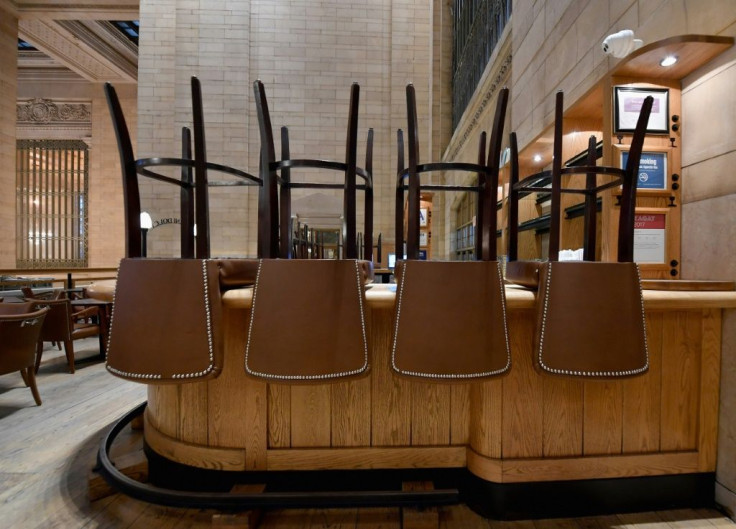Coronavirus Economy: SBA Slashes Disaster Loan Cap Amid Avalanche Of Coronavirus Applications

KEY POINTS
- The Economic Injury Disaster Loan program is separate from the paycheck protection loan program
- EIDL generally provides lifelines to businesses affect by things like hurricanes and flooding in geographically limited areas
- The program reportedly has a backlog of millions of applications
The Small Business Administration on Thursday reportedly slashed the cap on its emergency disaster loans and said it would not process applications dated later than April 15. The Economic Injury Disaster Loan program received $50 billion in recent coronavirus relief measures.
The SBA initially said it would allow $2 million loans under the program but Thursday slashed that amount to $150,000, the Washington Post reported, quoting people familiar with the decision.
The Economic Injury Disaster Loan program is separate from the paycheck protection program, which received $651 billion in funding and was running near its limit this week.
“SBA has resumed processing EIDL applications that were submitted before the portal stopped accepting new applications on April 15 and will be processing these applications on a first-come, first-served basis,” the agency said on its website, adding future applications would be accepted only “on a limited basis.”
The Post said the SBA has a backlog of millions of applications as a result of the coronavirus pandemic.
“At this time, only agricultural business applications will be accepted due to limitations in funding availability and the unprecedented submission of applications already received,” the SBA said.
Unlike the paycheck protection loans, which are to be forgiven if 75% of the funds go toward paying worker salaries, there are no restrictions on the use of loans from the disaster loan program.
The disaster loan program generally provides lifelines to businesses affected by geographically contained natural disasters like hurricanes and floods, and cover uninsured losses. A 2008 law authorized the program to provide $25,000 bridge loans within 36 hours but the process was never implemented. A 2014 Government Accountability Office analysis blamed the agency’s antiquated computer system, in part, for delays in funding approvals.
In a letter to SBA Administrator Jovita Carranza Wednesday, 103 lawmakers said though they appreciate the pressure the agency is under, the SBA’s inability to provide “a means for our constituents to check on the status of their applications and for the SBA to keep Congress informed” was unacceptable.
The letter advises the SBA to set up an application queue and a means for applicants to access information on their status. It also seeks daily updates.
A survey released Wednesday by the Society for Human Resource Management indicated 52% of small business owners don’t expect their operations to survive the next six months.
© Copyright IBTimes 2025. All rights reserved.






















